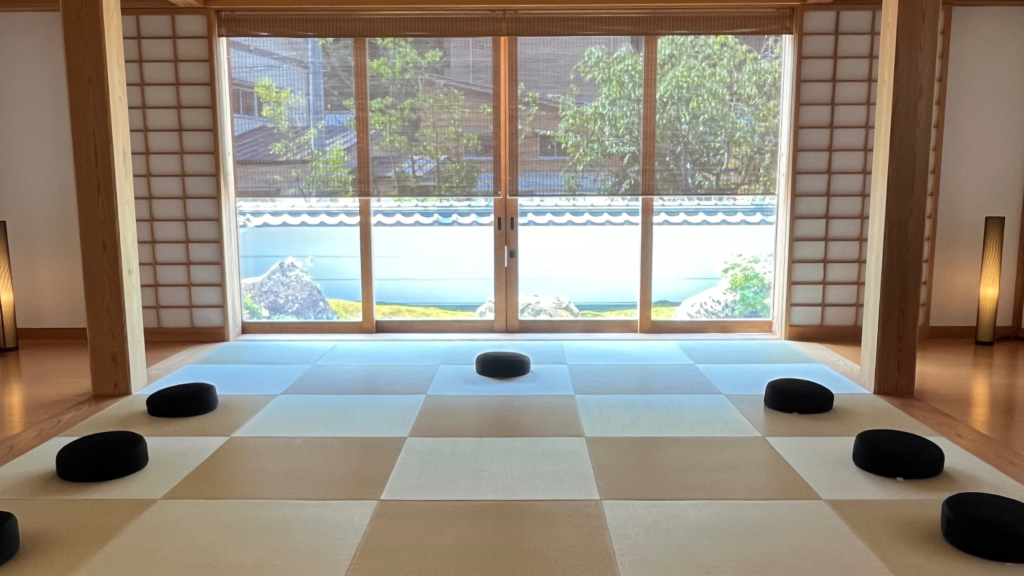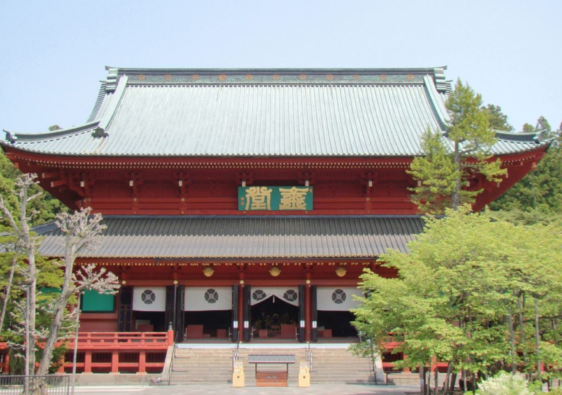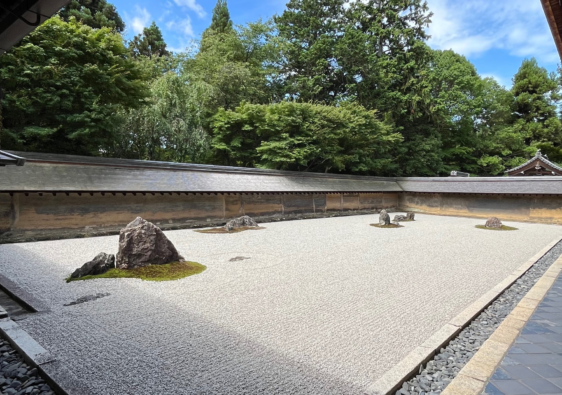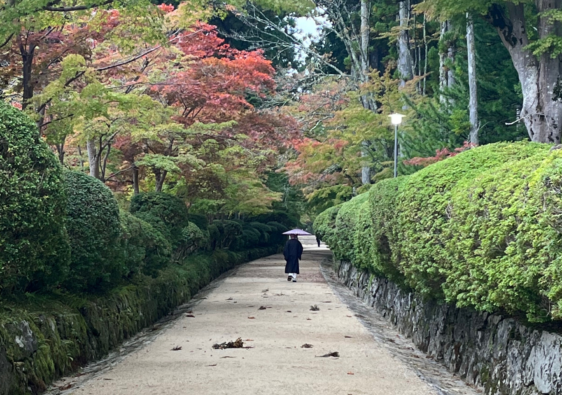For many travelers, visiting Japan’s temples and shrines is a must-do experience. Not only do these sacred sites offer a glimpse into Japan’s rich historical culture and stunning architecture, but they also provide a unique opportunity to immerse oneself in the practice of Zen.

Today, many temples and shrines in Japan offer a variety of experiences beyond just sightseeing. Visitors can participate in Zen meditation sessions, try their hand at Shakyo Calligraphy (Sutra copying), savor delicious vegetarian cuisine, and even engage in traditional training experiences at Shukubo (temple’s guesthouse, lodging). One such place that offers these enriching activities is the renowned Eiheiji Temple in Fukui prefecture placed Japan seaside. This time, I would like to explain about Shukubo based on my experience staying at a temple lodging of Eiheiji Temple.

The History of Shukubo
The tradition of Shukubo—temple lodging—dates back to the Heian period, around 1200 years ago. Initially, these lodgings were reserved for the emperor and nobility who visited the sacred Kumano Three Mountains. Over time, this privilege extended to samurai and eventually to the general public. By the Edo period, about 400 years ago, staying at temples and shrines became a popular practice among travelers. Although the practice waned as travel became more accessible, many temples and shrines have preserved this tradition, offering a unique blend of history, culture, and hospitality.

What is Shukubo?
Originally, Shukubo served as a place for monks and worshippers to stay and purify their minds and bodies. Today, many of these lodgings’ welcome general tourists, providing enhanced facilities and services. Staying at a Shukubo offers a distinct experience compared to a regular hotel, allowing guests to immerse themselves in living traditions and culture. Many temples offer morning pilgrimages, which are free to join and highly recommended for a truly immersive experience.
Guests can also engage in activities unique to Shukubo, such as sutra copying, Zen meditation, and listening to enlightening talks by monks.
Types of Shukubo
Shukubo accommodations come in various forms. Some stay in side of the temple offering a rigorous training experience similar to that of the monks.


Others are, some are located within the temple grounds, situated in buildings on the premises or in nearby facilities operated by the temple, providing a more relaxed experience akin to staying at a traditional Japanese Ryokan inn.

The availability of Shukubo varies, with some temples and shrines offering lodging only during specific times or seasons. It’s advisable to check in advance regarding the acceptance of overseas visitors and the availability of accommodations. Shukubo become popular for the tourist from outside of Japan now.
Here are some examples for accept tourist from outside of Japan:
What Can You Experience?
If you stay inside the temple, you will follow the same daily schedule as the monks. Here is a typical day in the life of a monk at Eiheiji Temple. (Please note that the schedule may vary depending on the day.) From morning to night, you will practice Zen meditation and work, with very few breaks. The monks’ day off at Eiheiji is on days ending in 4 or 9, during which they do laundry, bathe, study, and generally stay within the temple. While the exact schedule may differ from temple to temple, the general routine is similar.
A Day in the Life of a Monk at Eiheiji Temple:
- 3:50 AM: Wake up
- 4:20 AM: Zen meditation
- 5:30 AM: Morning pilgrimage
- 6:30 AM: Breakfast
- 7:30 AM: Cleaning
- 9:00 AM: Zen meditation and work
- 11:00 AM: Lunch
- 1:00 PM: Zen meditation and work
- 5:00 PM: Dinner
- 7:00 PM: Zen meditation
- 9:00 PM: Go to bed
If you stay at an outside Shukubo affiliated with the temple, you can participate in the entire experience freely. Here is a simple itinerary from check-in to check-out. Some Shukubo also offer additional activities such as yoga, flower arrangement and tea ceremony.
- Day 1:
- 3:00 PM: Check-in
- 3:30 PM: Zen meditation at Eiheiji Temple
- 6:00 PM: Dinner
- 7:00 PM: Sutra chanting
- 9:00 PM: Go to bed
- Day 2:
- 3:30 AM: Wake up
- 4:00 AM: Leave the inn and head to Eiheiji Temple
- 4:30 AM: Monk’s talk
- 5:30 AM: Morning pilgrimage
- 6:00 AM: Tour of the temple precincts
- 7:00 AM: Breakfast
- 10:00 AM: Check-out
As you can see, the experiences differ significantly between staying inside the temple and staying at an outside Shukubo. Choose your lodging based on the type of experience you want.

Summary
Temples are places of practice and worship. Spend a peaceful and quiet time here. The training experience inside the temple is very strict, cutting you off from the outside world. You will spend most of the day doing zazen and practicing in a tatami mat space called “half tatami mats when you wake up, one tatami mat when you sleep”, with limited time for breaks. Therefore, strict practice, it is up to the temple to decide whether or not you can take part in the training and stay inside of temple.
Some temples offer English support, although the schedule and availability may be limited, so it’s essential to check in advance.

All experiences at temple when you stayed at outside accommodations managed by temples are freely to participate in, allowing you to spend your time at your own pace. Even first-time Zen practitioners can easily join. Recently, more facilities offer not only shared room of large tatami rooms but also private and luxurious rooms, similar to high-end ryokan inns, along with various services such as tea ceremonies and flower arrangements.
As a special experience in Japan, the Shukubo stay will immerse you in history and culture, providing a tranquil moment to reflect and find inner peace.
Video of Eiheiji temple




